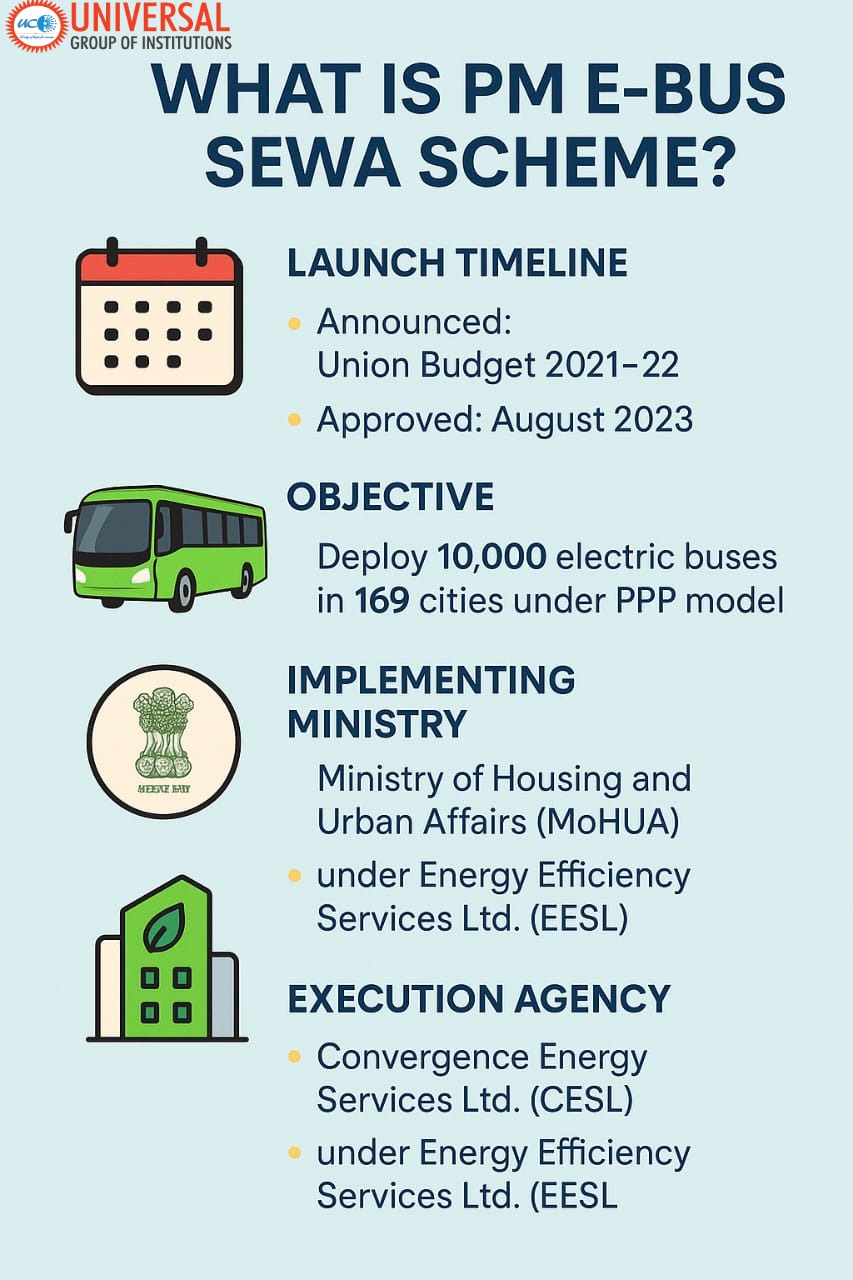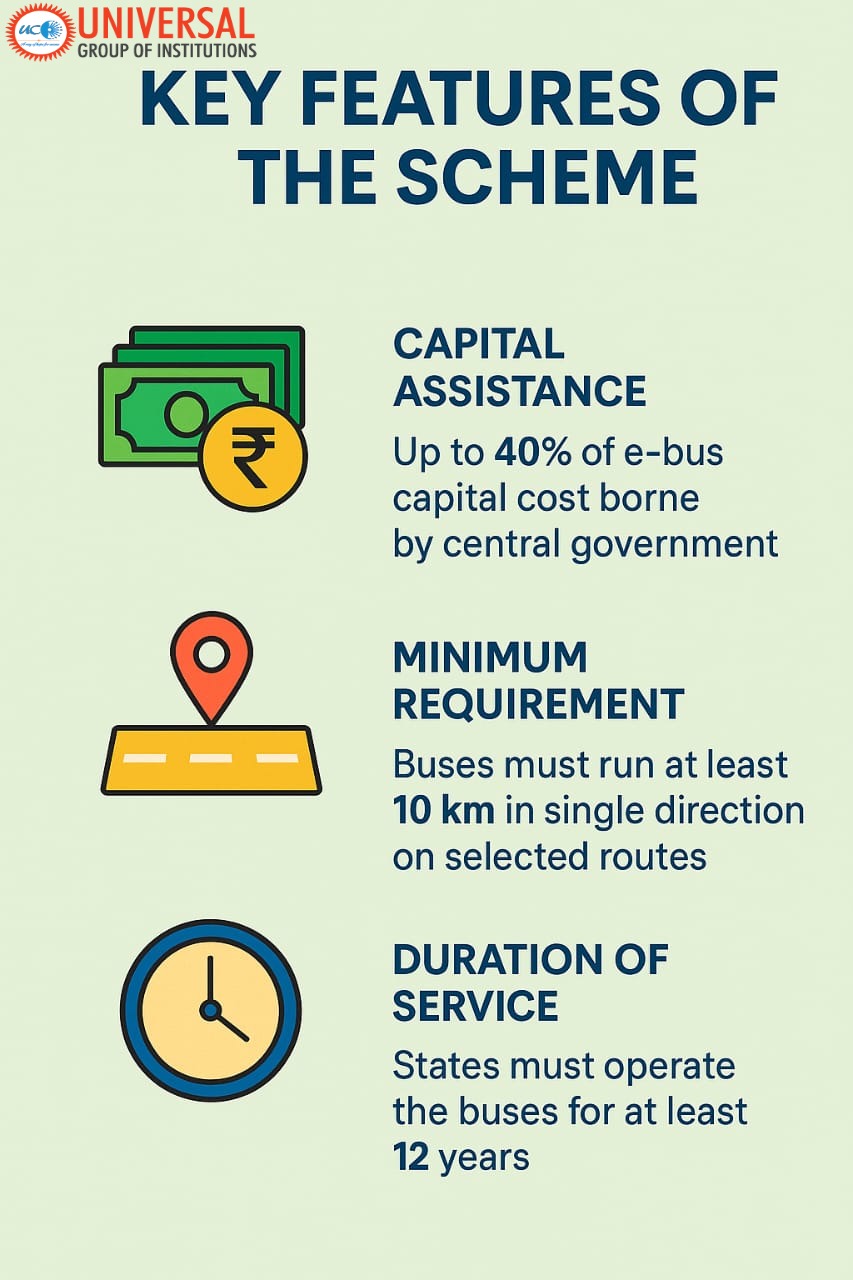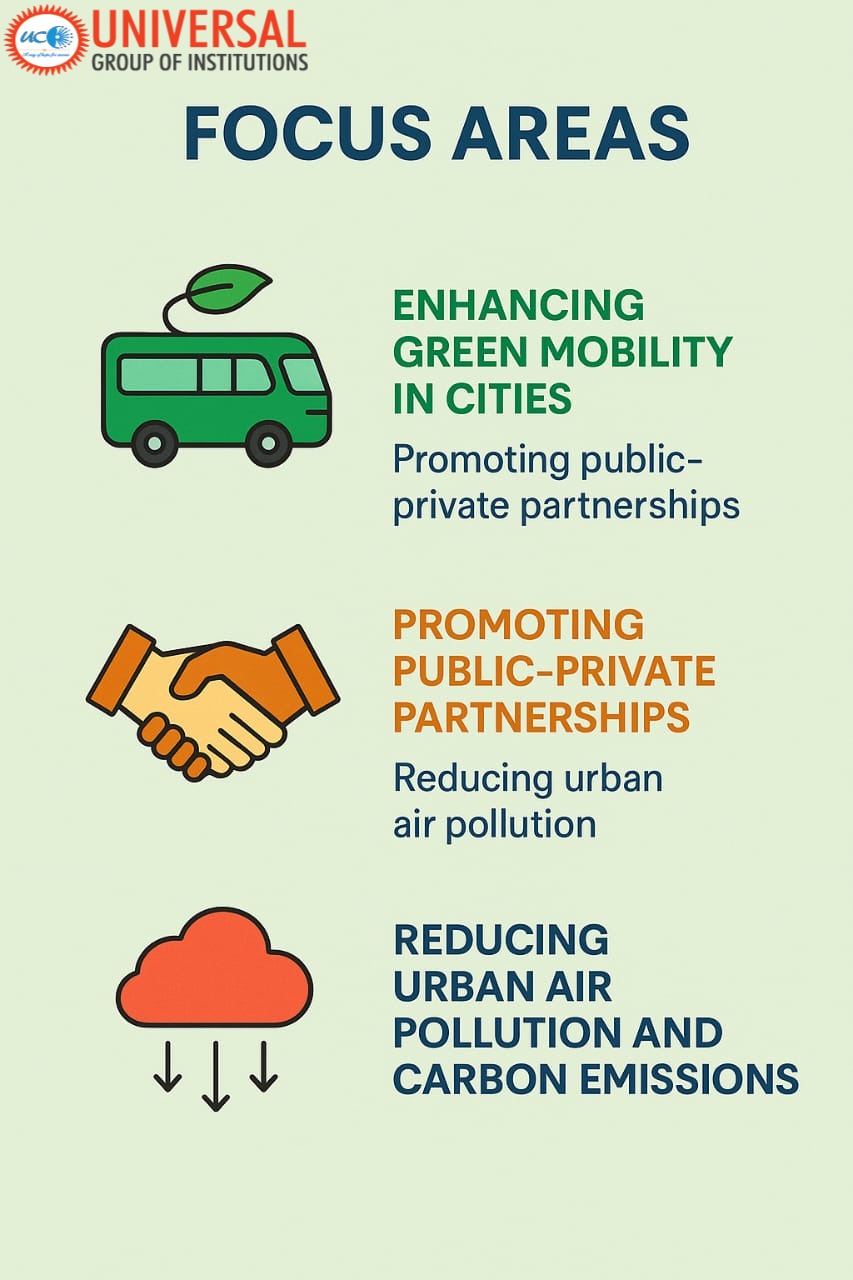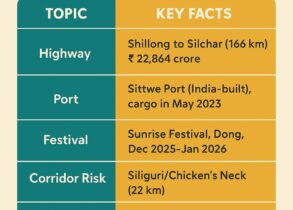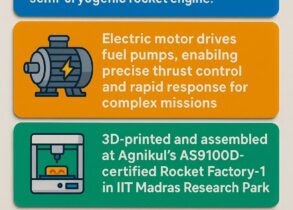PM e-Bus Sewa Scheme: Boosting Green Urban Mobility in India
PM e-Bus Sewa Scheme: Boosting Green Urban Mobility in India
Why in News:
Major metro cities like Mumbai, Chennai, and Kolkata have opted out of the PM e-Bus Sewa Scheme, prompting the Central Government to consider shifting electric bus subsidies to smaller towns and intracity transport services. This development impacts the government’s efforts to promote sustainable public transport and improve air quality in Indian cities, especially in light of rising pollution levels in India.
What is PM e-Bus Sewa Scheme?
- Launched: Announced in the Union Budget 2021-22 and approved in August 2023.
- Objective: To deploy 10,000 electric buses in India across 169 cities under a Public-Private Partnership (PPP) model, aiming to enhance sustainable urban mobility and address pollution concerns.
- Implementing Ministries: The scheme is spearheaded by the Ministry of Housing and Urban Affairs (MoHUA) in collaboration with the Ministry of Heavy Industries.
- Execution Agency: The Convergence Energy Services Ltd. (CESL), a subsidiary of Energy Efficiency Services Ltd. (EESL), manages bus procurement and contracts through demand aggregation.
Key Features of the Scheme:
- Capital Assistance: Up to 40% of the capital cost of EV buses is borne by the central government.
- Minimum Requirement: Buses must run at least 10 km in a single direction on selected routes.
- Duration of Service: States must operate the electric buses for at least 12 years.
Focus Areas:
- Enhancing green urban mobility initiatives in cities.
- Promoting public-private partnerships.
- Reducing urban air pollution and carbon emissions through clean public transport.
- Supporting the development of electric bus infrastructure.
- This scheme is part of broader government electric bus initiatives aimed at transforming urban transportation in India.
Latest Developments (2025):
- Withdrawal of Metros: Major cities like Chennai, Mumbai, and Kolkata have declined to participate due to existing transport infrastructure or financial constraints.
- Impact: As a result, the Centre is now focusing on Category B cities and smaller towns to distribute the remaining electric buses in India.
- Demand Status: Requests received for only 10,900 buses against the target of 14,029.
- Revised Strategy: Government to float a new tender soon via CESL for fresh allocation, considering operational readiness of cities.
- Union Minister H.D. Kumaraswamy commented on the situation, stating, “While it’s disappointing that major metros have opted out, this presents an opportunity to improve public transport in smaller cities, which often face severe pollution issues.”
Budgetary Allocation (FY 2024–25):
The Union Budget 2024–25 allocated ₹5,000 crore for the PM e-Bus Sewa initiative under urban transport solutions. This allocation supports both bus procurement and development of supporting charging infrastructure. Additionally, a ₹900 crore financial outlay has been earmarked for related e-mobility schemes. The government has also set aside an additional ₹10 crore for research and development in electric bus technology.
Cities Already Using Electric Buses:
Several cities have already adopted electric buses under earlier green mobility missions, such as:
Delhi (multiple mentions due to its significant e-bus fleet and efforts to combat high pollution levels)
- Bengaluru
- Pune
- Surat
- Ahmedabad
- Hyderabad
These cities are likely to expand their fleets under the new PM e-Bus Sewa if eligible, further contributing to pollution reduction strategies. Delhi, in particular, has been at the forefront of electric bus adoption, given its ongoing struggle with air pollution.
How the Scheme Helps States:
- Reduces State Burden: Central subsidy reduces upfront cost of buses for state transport undertakings (STUs).
- Cleaner Cities: Encourages shift from diesel to electric, thereby reducing air pollution and supporting clean air initiatives.
- Job Creation: Promotes employment in maintenance, operations, and charging infrastructure.
- Infrastructure Development: Aids in building charging depots, smart ticketing, and digital tracking systems.
- GHG Reduction: Contributes to lowering greenhouse gas emissions and overall carbon emission reduction.
Additional Components of the Scheme:
- PM e-Drive Scheme: A complementary initiative focusing on electric vehicles in India beyond buses, further supporting the government’s electric mobility goals.
- Electric Bus Manufacturers: The scheme involves collaboration with various electric bus manufacturers to ensure quality and innovation. Companies like BHEL are expected to play a significant role in producing these buses.
- Automated Fare Collection Systems: Implementation of modern ticketing solutions for improved user experience.
- Bus Priority Infrastructure: Development of dedicated lanes and signals to enhance efficiency of city bus operations.
- Behind-the-Meter Power Infrastructure: Installation of charging facilities and power management systems at bus depots.
Deployment Milestones and Challenges:
- Air Quality Monitoring: The scheme includes provisions for tracking improvements in air quality as electric buses are deployed, directly addressing pollution levels in India.
- Most Polluted Cities Worldwide: Priority is given to cities ranking high on global pollution indices, with Delhi often featuring prominently on such lists.
- Operational Readiness: Cities are assessed for their preparedness in terms of infrastructure and management capabilities.
- Sustainable Urban Mobility: The scheme aligns with broader goals of creating efficient and environmentally friendly urban transport systems.
Conclusion:
The PM e-Bus Sewa Scheme represents a significant step in India’s push towards sustainable urban transport and pollution reduction strategies. While major metros may have backed out, the scheme offers an opportunity for Tier 2 and Tier 3 cities to modernize their transport systems and improve air quality. Its success will depend on timely implementation, local capacity building, and robust public-private coordination. As the scheme progresses, it is expected to play a crucial role in reshaping bus transportation in India and contributing to the country’s clean air initiatives and carbon emission reduction goals. The integration of this scheme with other government electric bus initiatives promises a comprehensive approach to tackling urban mobility challenges and environmental concerns.

